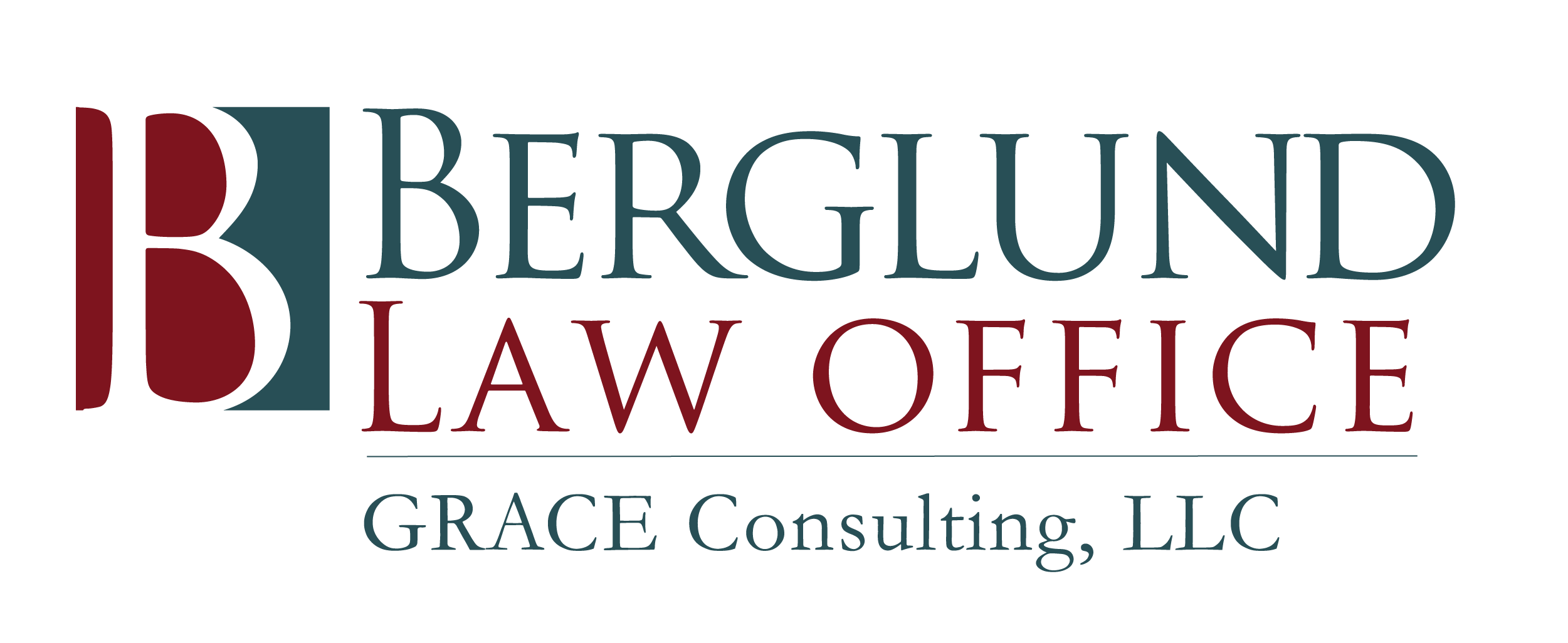
A reverse mortgage is a nonrecourse loan. That means, if the home sells for less than what is owed, you or your heirs will not be responsible for paying the difference. Depending on the type of reverse mortgage you get, the FHA or the lender will cover the difference and absorb the cost. On the other hand, if the home sells for more than what is owed on the loan, the remaining money is given to you or your heirs.
The property mortgaged must be the borrowers’ principal residence. The borrowers cannot currently be in default on any federal debts.
Reverse mortgage loans are highly regulated and require potential borrowers to speak to a certified housing counselor about potential pitfalls before taking out the loan. Also, the borrowers must attend an informational session about reverse mortgages before they will be allowed to file a loan application. Once a lender approves a reverse mortgage, the loan repayment is deferred until the owner dies, the home is sold or the owner moves out.
Reverse mortgages are also called Home Equity Conversion Mortgages (HECMs). Virtually all reverse mortgages are insured through the Federal Housing Administration, or FHA. This means if the debt is not repaid by the borrower it will be repaid with FHA reserves. Because the FHA program is a type of insurance, borrowers must pay insurance premiums to participate. These premiums are used to fund the FHA’s reserves.

HECMs allow borrowers to withdraw a portion of their home’s equity and receive the proceeds in one of four ways:
- A lump sum (Note: With the lump sum option, interest charges are added each month, and over time the total debt owed can far surpass the original loan);
- In monthly payments;
- As a line of credit; or
- As a combination of these options.
The federal rules applying to HECMs state that when the borrower dies, Lenders must offer their heirs up to 30 days from when the loan becomes due to determine what they want to do with the property. They then have up to six months to arrange financing. In addition, there is a federal rule that allows heirs to pay 95 percent of the current fair market value of the property. This price is determined by an appraiser hired by the lenders. Lenders are required to abide strictly with “the 95 percent rule”.
In many situations, particularly when real estate values tumble –as they did in 2008– the difference offered by the “95 percent rule” can make a big difference to many families. When home values drop dramatically after financial crises, the disparities between the current value of a home and the total balance outstanding on a reverse mortgage can make the difference between keeping a home and losing it to the foreclosure process.
HECMs sound like an attractive deal to a lot of folks, particularly since the vast majority of Americans have not saved enough over the years to comfortably retire. Unfortunately, many Americans have discovered that reverse mortgages can result in a nightmare for their entire families. So what are the problems and hazards often encountered with HECMs?
